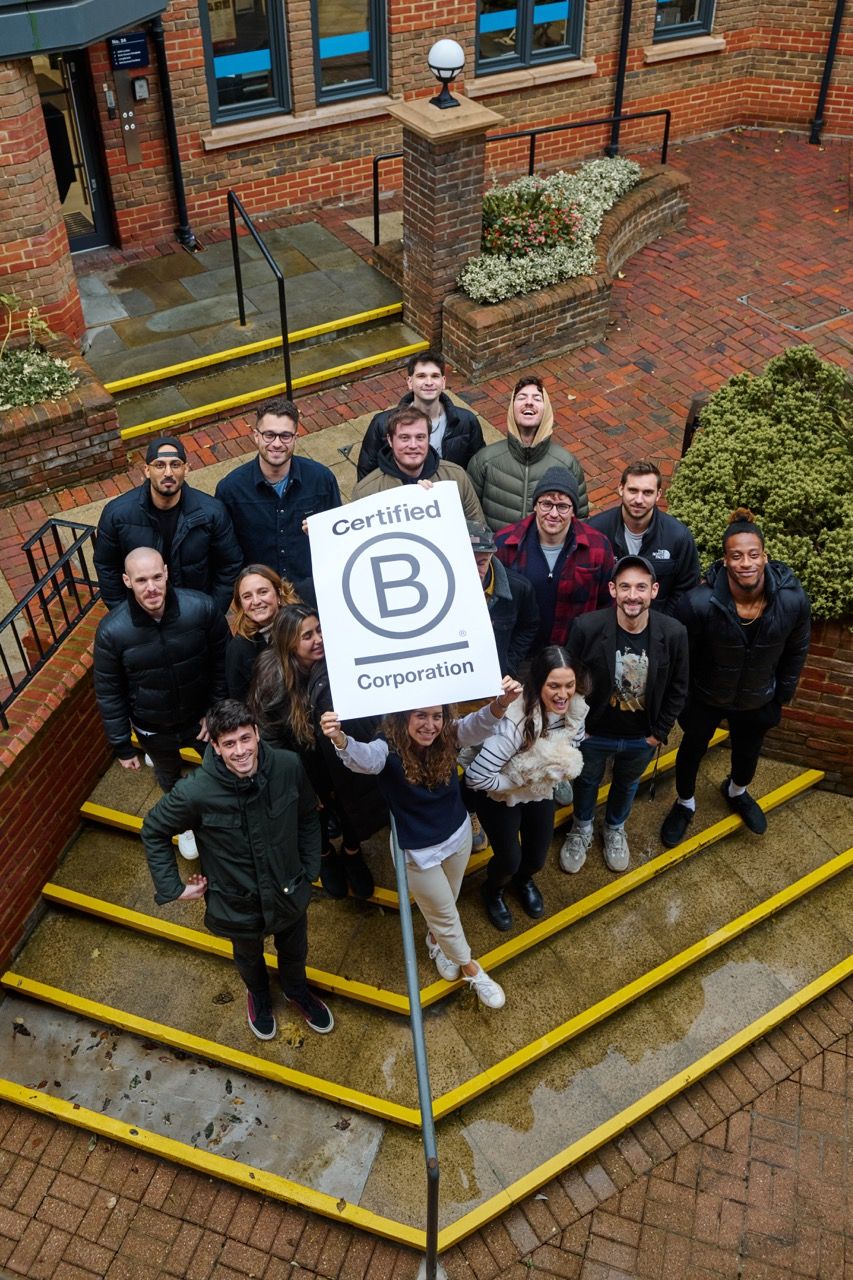Blog>Activism: The Power of Purpose Led Brands
Activism: The Power of Purpose Led Brands

Amber Callender
2024-03-25T09:00:00.000Z
Brand activism refers to how a business engages in change to drive policy change, which can involve mobilising the organisation, using brand channels as a platform or contributing resources to a cause. Typically those that engage in brand activism will take a stand on issues that matter to both the brand and target audience. It tends to be more public-facing and activation led than CSR or ESG programmes which are typically built into internal processes.
Building Purpose Into Brand DNA
Activism can be planned, built into the wider marketing strategy, or reactive. However, planned activism has been shown to fare better in terms of strategy success and impact. Volkswagen’s former Head of Brand Project House, Kuo-Hi Lee, comments on this in reference to the success of Patagonia, a purpose driven company ‘before it even became a buzzword in marketing.’ She notes that many brands react to societal issues as they occur, ‘without understanding [that] a purpose-driven strategy requires long-term commitment in which propositions must be proven through actions and often, business growth redefined to ensure success in the long run.’ If we consider this in a literal sense, the definition of purpose is ‘the reason for which something is done or created or for which something exists.’ Thus, informing a brand’s decisions, marketing strategy and actions. Without a cause or purpose, you’re simply selling another product or service, so what is there for an audience to really buy into?
According to Sprout Social, 70% of consumers believe it’s important for brands to take a stand on social and political issues. Whatsmore, 66% of consumers wanting brands to take a stand by being vocal on social media state this is because they think brands can create real change. However over half believe those brands that take a stand only do so for public relation or marketing purposes. This can be combated by building purpose into brand DNA. Take Tony’s Chocolonely for example. Pavi Ram, Impact Navigator at Tony’s comments that ‘Tony’s origin story is unlike any other. It was conceived not just to provide an alternative to chocolate produced with exploitative and inhumane labour, but to push the whole chocolate industry to stop using these practices.’ Alongside the brightly coloured chocolate wrappers with bold lettering is a seal that reads ‘100% Slave Free.’ Raising awareness about modern slavery and child labour in the cocoa supply chain is the reason Tony’s exists, it is the brand’s purpose, rather than an add on. In tandem with planned activism, brands can use reactive activism to reinforce core values. Patagonia, for example, ceased all paid advertising on Facebook platforms in June 2020 due to the spread of hate speech and misinformation surrounding climate change.
How To Communicate Brand Purpose
According to Kantar, historically the success of purpose-driven marketing campaigns has been more of an art than a science. Thus in a bid to shift the balance, Kantar partnered with The Advertising Research Foundation, analysing 45 purpose campaigns, to create a framework for communicating purpose. The framework outlines the three key elements to creating a powerful purpose driven campaign.
You: This defines the nature of a brand’s purpose, which needs to be authentic and should be rooted in brand values and identity. Kantar states that in retrospect, purpose campaigns should feel like an obvious move, making immediate sense for a brand.
Them: This involves centring campaigns around people rather than the brand. Campaigns should solve a problem that affects people and allow them to tell their story.
The World: This principle refers to the need to make the world a better place. Purpose campaigns should drive social change by problem solving and committing to long term impact.
Charmian Love, Co-founder and Chair of B Lab UK comments that businesses can step up and engage by recognising that this is a time for systems change. ‘While advocacy can start small, to make a lasting difference regulatory and culture change is also necessary.’
Our use of cookies
onqor.com uses cookies, some are necessary for the operation of the website and some are designed to improve your experience. For more information, click here.
Necessary cookies
Are essential to move around onqor.com and use its core functionality and enhanced features. Without these cookies, services you have asked for cannot be provided.
Functional cookies
Allow onqor.com to remember choices you make to give you better functionality and personal features.
Performance cookies
Help improve the performance of onqor.com by collecting and reporting information about how you use the website.